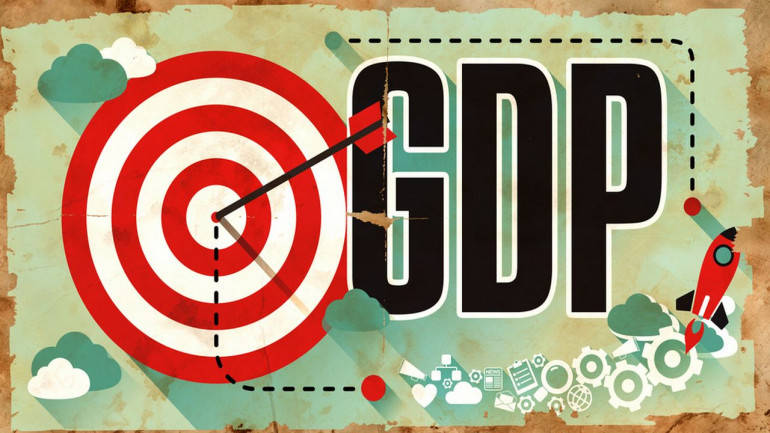The economy will grow at a faster pace in quarter-ended September, as compared with the first quarter of the financial year 2017-18 (Apr-Mar), Department of Economic Affairs Secretary Subhash Chandra Garg said today.
The economy will grow at a faster pace in quarter-ended September, as compared with the first quarter of the financial year 2017-18 (Apr-Mar), Department of Economic Affairs Secretary Subhash Chandra Garg said today.
“July-September GDP (Gross Domestic Product) data will come soon. We are confident of a reversal in the decline (in growth). Second quarter (growth) will be far better than the first. Economy’s turnaround is very clear,” Garg told the reporters after credit ratings agency Standard and Poor’s (S&P) today retained India's outlook as stable and kept the rating unchanged at BBB-.
While the S&P retained India’s rating, it lauded the government's fiscal consolidation drive and said that the reforms undertaken are favourable for the economy.
In January 2007, S&P had changed India’s rating to BBB-, which is the lowest investment grade rating for bonds. The outlook that it assigned back then was “stable” which it later changed to negative in 2009 and again raised it to stable in 2010.
While S&P did not upgrade India’s rating, Garg said that the global credit ratings agency’s views on the country is similar to Moody’s.
Last week, another top global ratings agency Moody’s Investor Service changed the outlook for India’s rating to stable from positive, after a span of 13 years.
Garg said that while S&P “chose to stay cautious” before any ratings upgrade, it expects India's real GDP growth rate to average at 7.6 percent over 2017-2020.
In fact, S&P’s comments on the country’s debt position is more “generous” as compared with other agencies, he said.
“India's high fiscal deficits in past years have led to the accumulation of sizable general government borrowings (about 67 percent of GDP in 2017, net of liquid assets) and relatively high debt servicing costs (close to one-fifth of general government revenue),” S&P said in its statement.
“We project that net general government debt will decline by a modest amount over our forecast horizon,” it said.
According to S&P, over the next two years, growth will remain strong, and fiscal deficits will remain broadly in line with their forecasts.
Upward pressure on the ratings could build if the government's reforms markedly improve its net general government fiscal out-turns and reducing the level of net government debt.
However, there could be downward pressure on the ratings if GDP growth disappoints.
“…causing us to reassess our view of trend growth; if net general government deficits rose significantly; or if the political will to maintain India's reform agenda significantly lost momentum,” the ratings agency said.

















